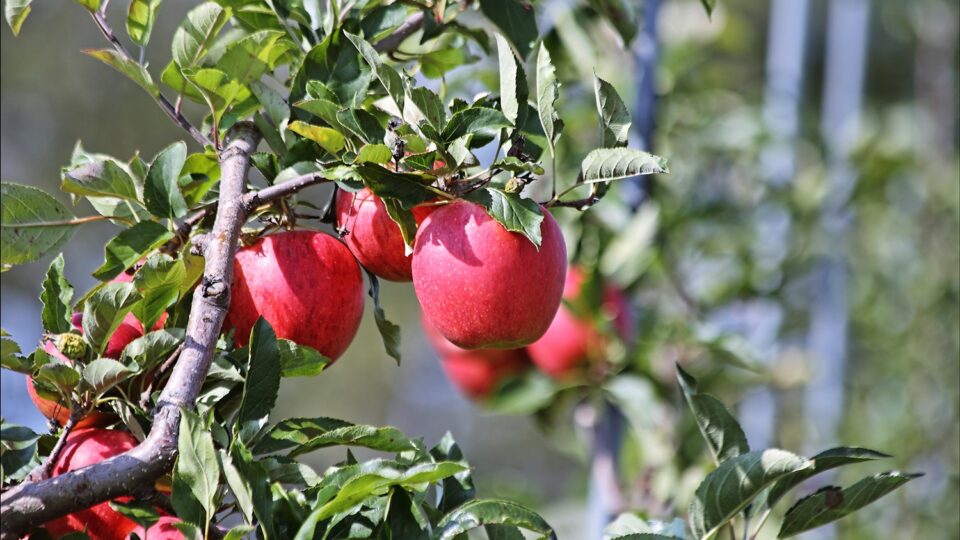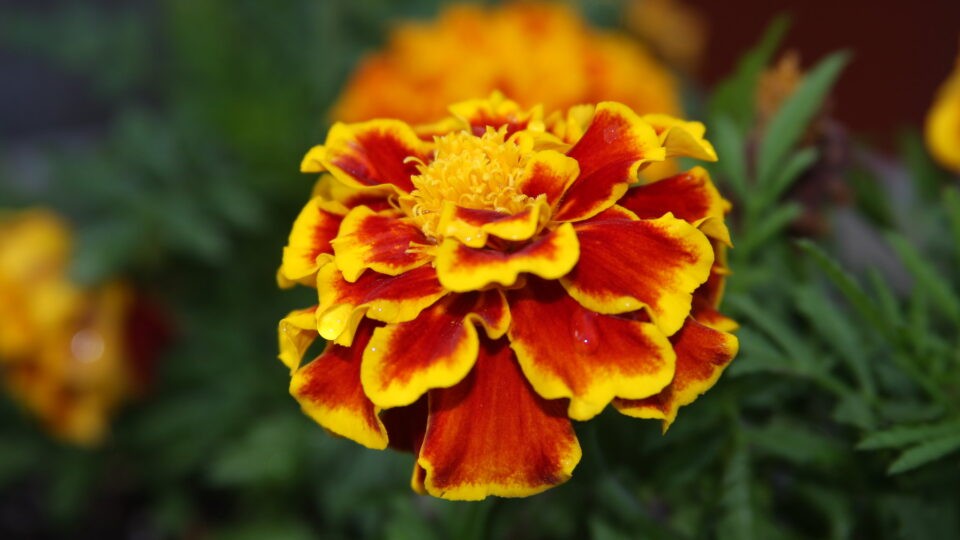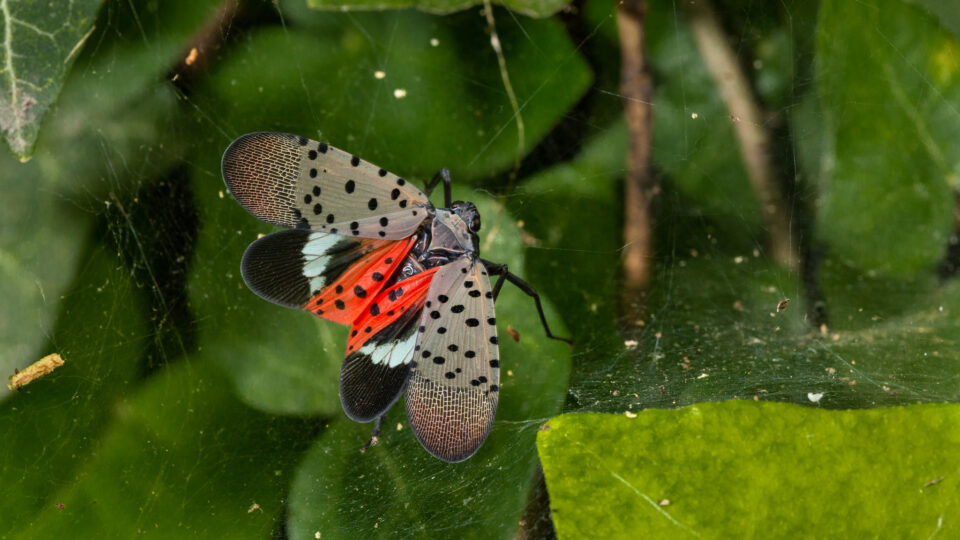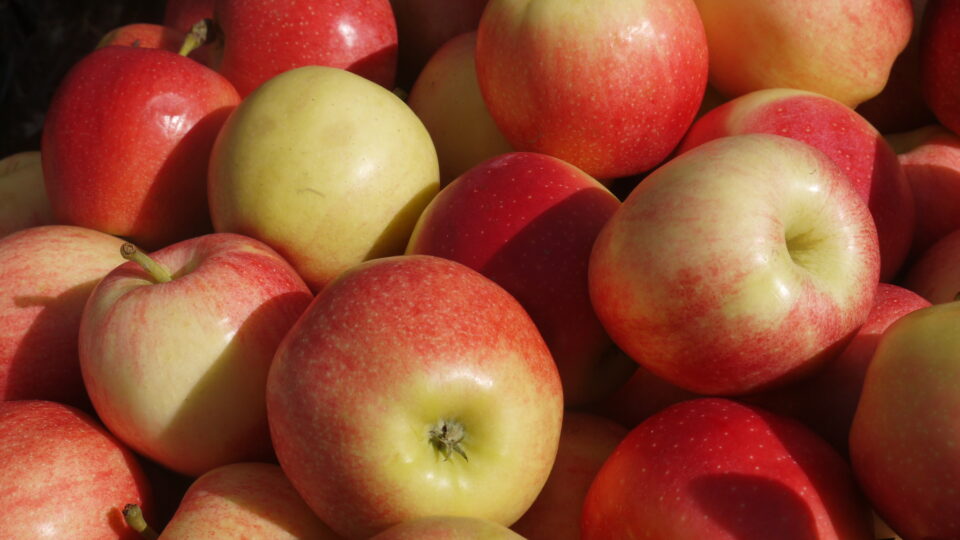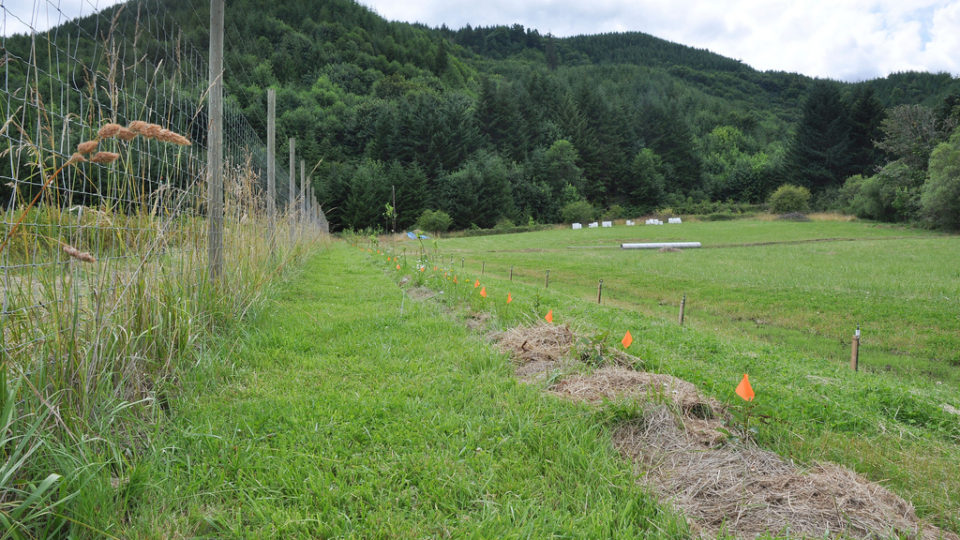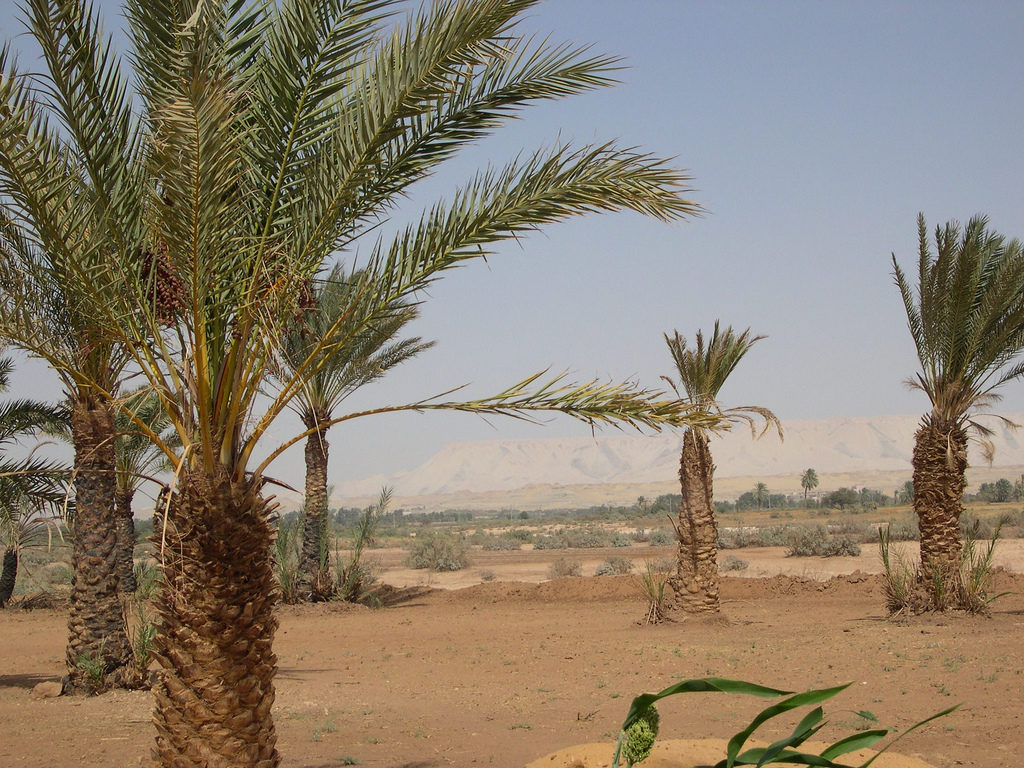Spring frosts represent a real danger for apple orchards. The changing climate has brought about periods of unusually warm weather at times early in the year that have caused trees and other flowering plants to bloom early. For apple growers, this has made their orchards more susceptible to the damaging effects of extreme cold events.
Apple growers attempt to prevent this damage by heating the canopies of their orchards, but these efforts tend to be inefficient. Applying heat is one of the most effective methods to prevent apple flower bud damage, but it is difficult to determine when and where to apply heat in orchards.
Researchers at Penn State University have developed a frost-protection cyber-physical system that autonomously makes heating decisions based on real-time temperature and wind-direction data. Their system includes a temperature-sensing device, a propane-fueled heater that adjusts the direction where it provides heat, and an unmanned ground vehicle that moves the system through an apple orchard.
The results of tests of the system were published in the journal Computers and Electronics in Agriculture, and the findings show that it greatly reduced damage to apple tree buds in tests conducted at low temperatures, doubling or tripling the amount of time that trees were protected.
The equipment used for the study mostly consisted of off-the-shelf parts and cost about $5,000, most of which was for the vehicle. The researchers envision that even a very large orchard could be protected by multiple units guided by an aerial drone monitoring canopy temperatures. Further research will aim to bring the technology to point where it can enter the marketplace and be available to apple growers.
**********
Web Links
Cyber-physical heating system may protect apple blossoms in orchards
Photo, posted September 6, 2017, courtesy of Sue Thompson via Flickr.
Earth Wise is a production of WAMC Northeast Public Radio
